In Photos: 130,000-Year-Old Evidence of Humans in California
Broken bones
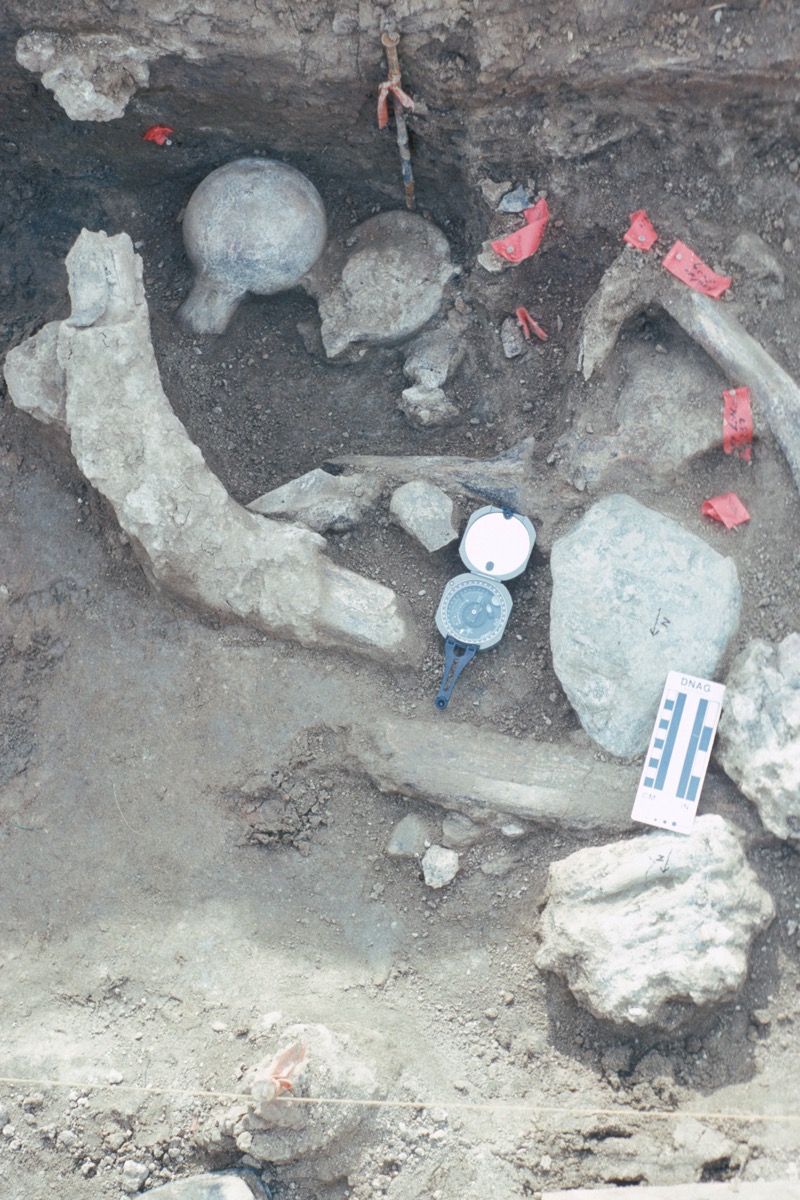
Scientists have found what they are saying could be the oldest evidence of human activity in North America — the marked bones of a mastodon dating back some 130,000 years. The spiral fractures and other marks on the mastodon bones found in coastal San Diego County suggest they were processed while fresh, the researchers said. The findings, detailed in the journal Nature, suggest that a still-unknown hominin species was living in North America way before humans were thought to have arrived in the Americas.
Here, fossil bones from a mastodon embedded in rock. The heads of the femurs are positioned with one up and one down, both broken in the same way — something the scientists said is unusual. Mastodon molars can be seen in the lower right-hand corner, near a broken vertebra. A mastodon rib bone can be seen in the upper left.
Mastodon ribs
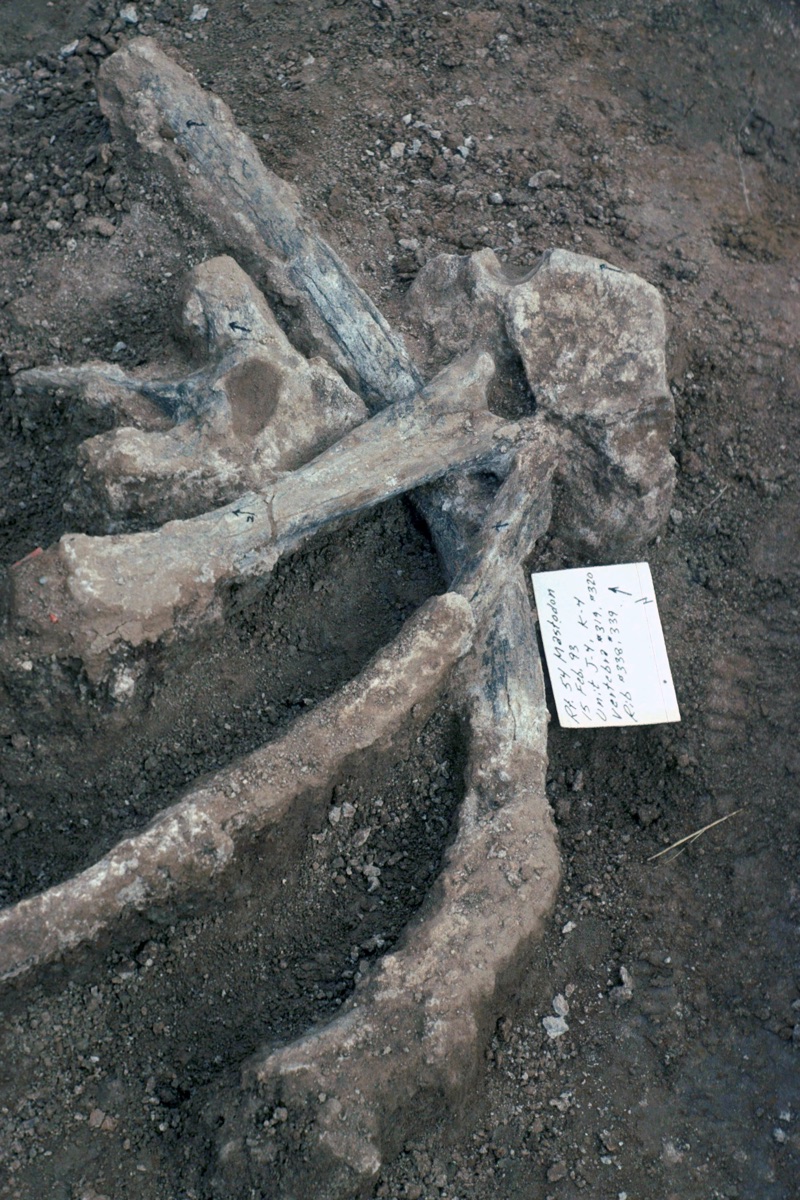
The researchers found these unbroken mastodon ribs and vertebrae, including one vertebra that had a large neural spine, also called a spinous process.
Beastly bones
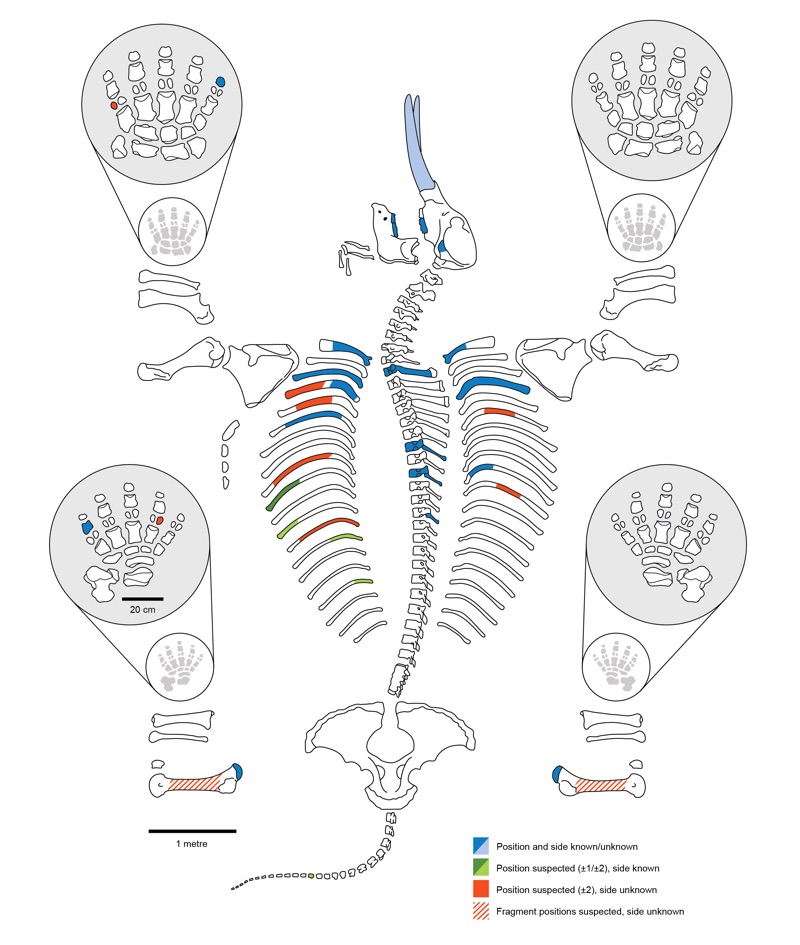
This mastodon skeleton illustration shows which bones and teeth of the beast were found at the site in San Diego.
Broken ribs
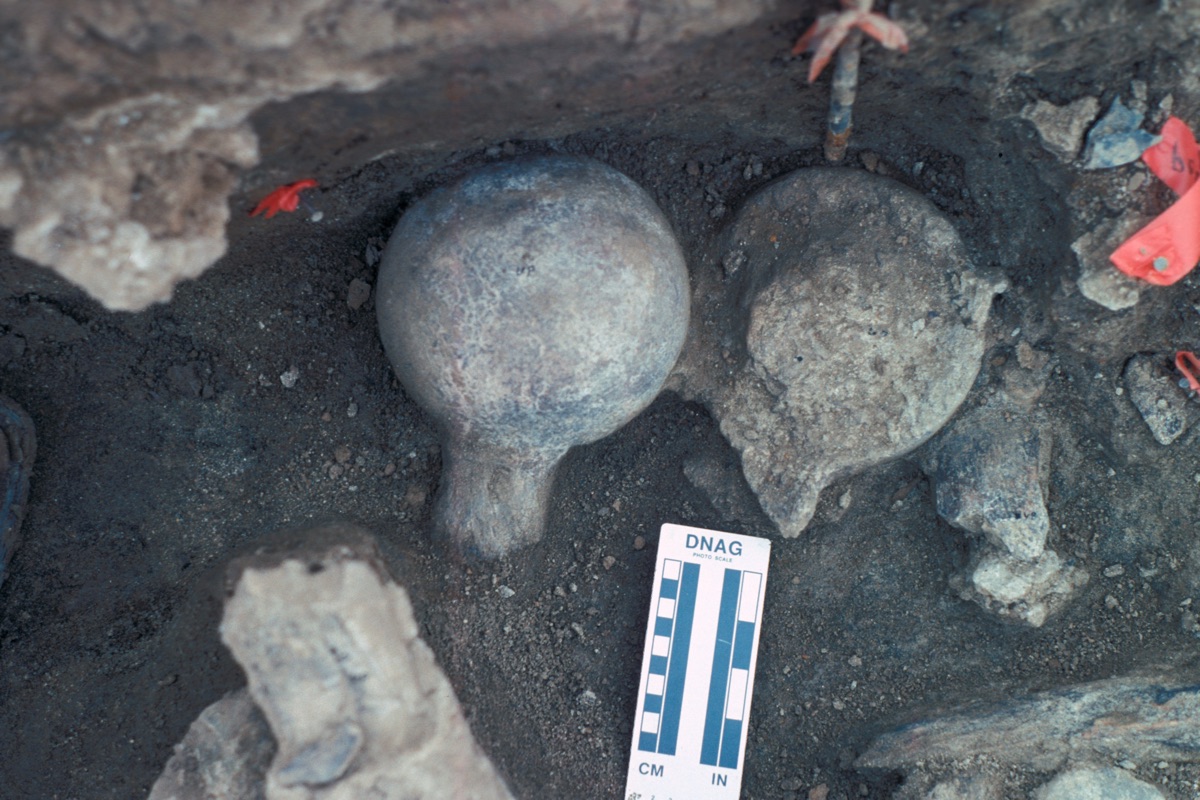
Two femur balls from a mastodon, one facing up and the other down, can be seen. The neural spine, or spinous process, and a broken rib are also shown.
Excavating a mastodon
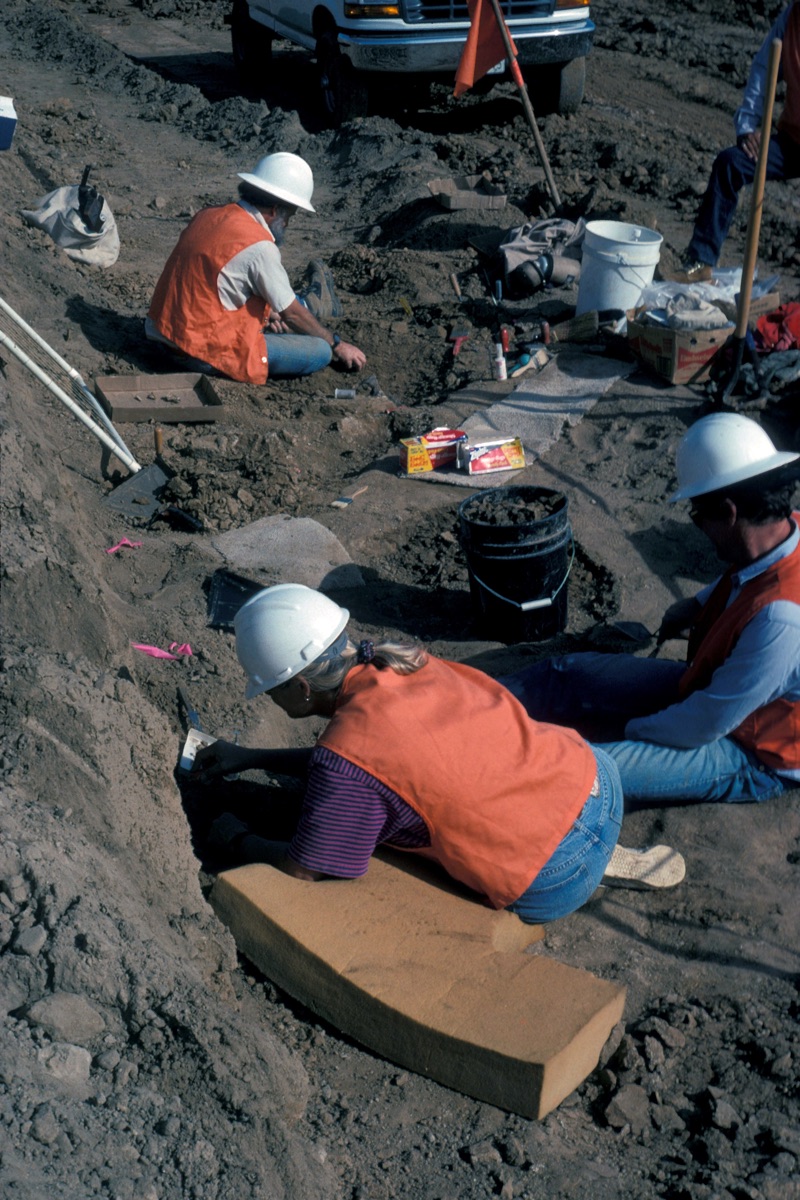
Archaeologists Karen Crafts, Chris White and Don Laylander excavate fossils found at the Cerutti Mastodon site off State Route 54 in San Diego.
Titanic tusk
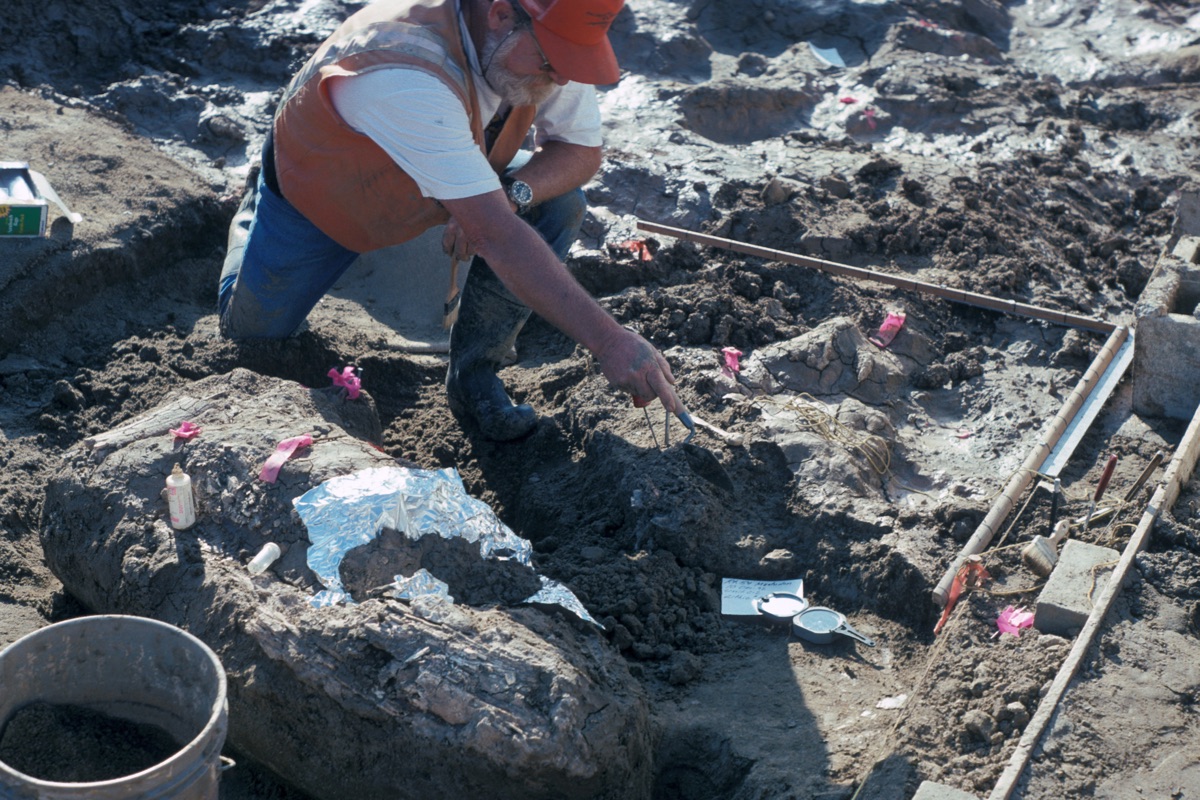
Don Swanson, a paleontologist at the San Diego Natural History Museum, points at a rock fragment near a large horizontal mastodon tusk fragment.
Get the world’s most fascinating discoveries delivered straight to your inbox.
Hammering a mastodon bone
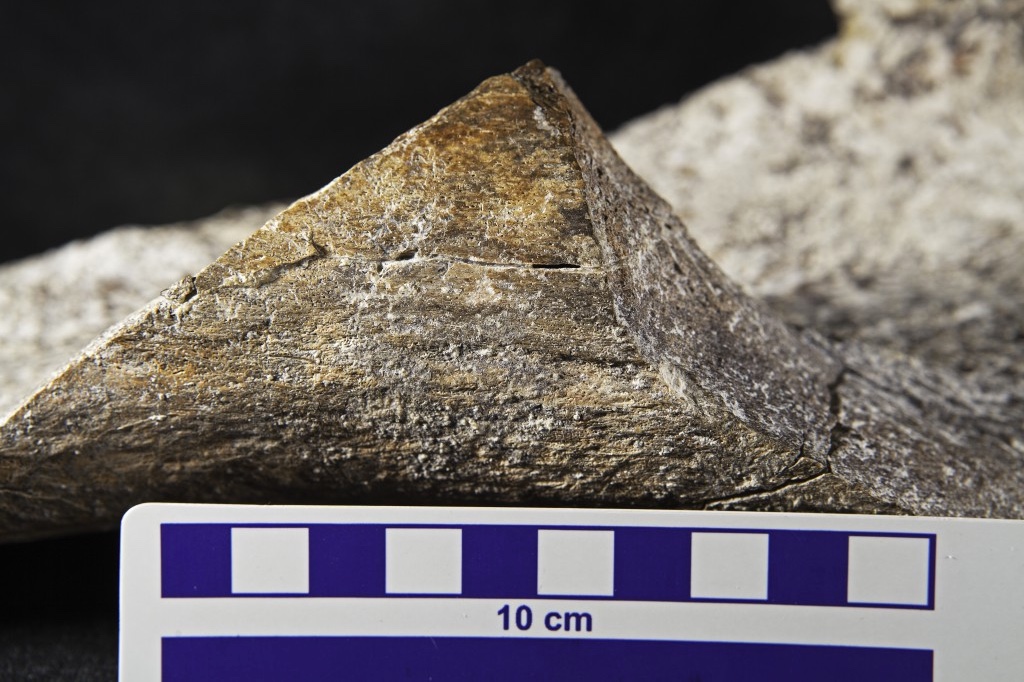
The researchers conducted a "bone-breakage" experiment to determine what kinds of bone-breaking would result from a human hitting a mastodon bone with a hammerstone.
Spiral fractures

A close-up view of a spirally fractured mastodon femur bone.
Bone notches
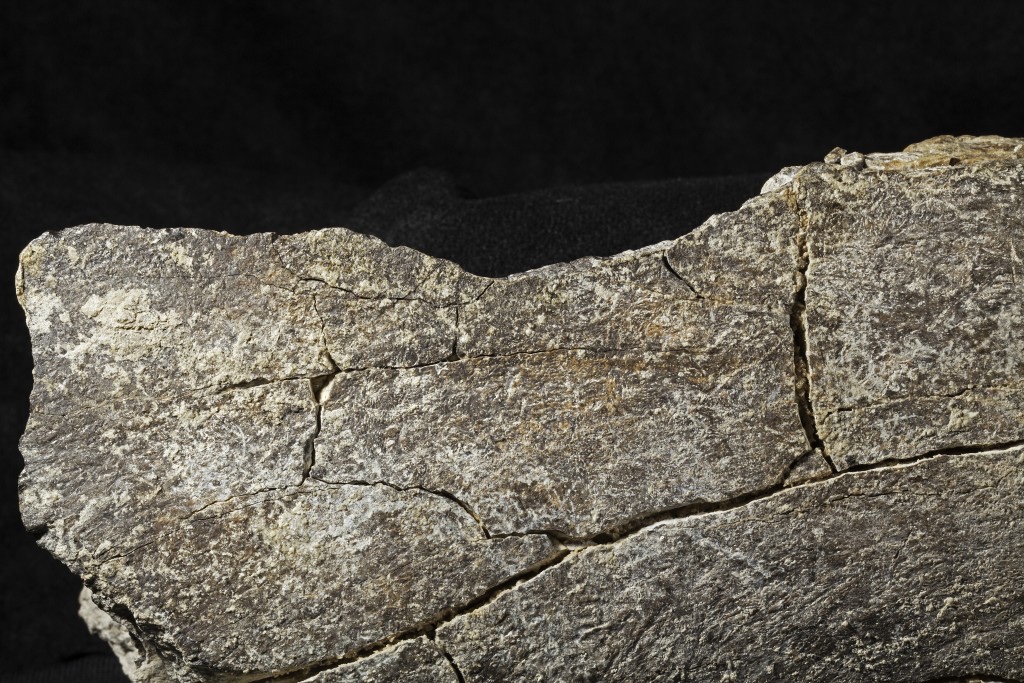
The surface of mastodon bone, showing a half-impact notch on a segment of femur.
Boulder hammerstone
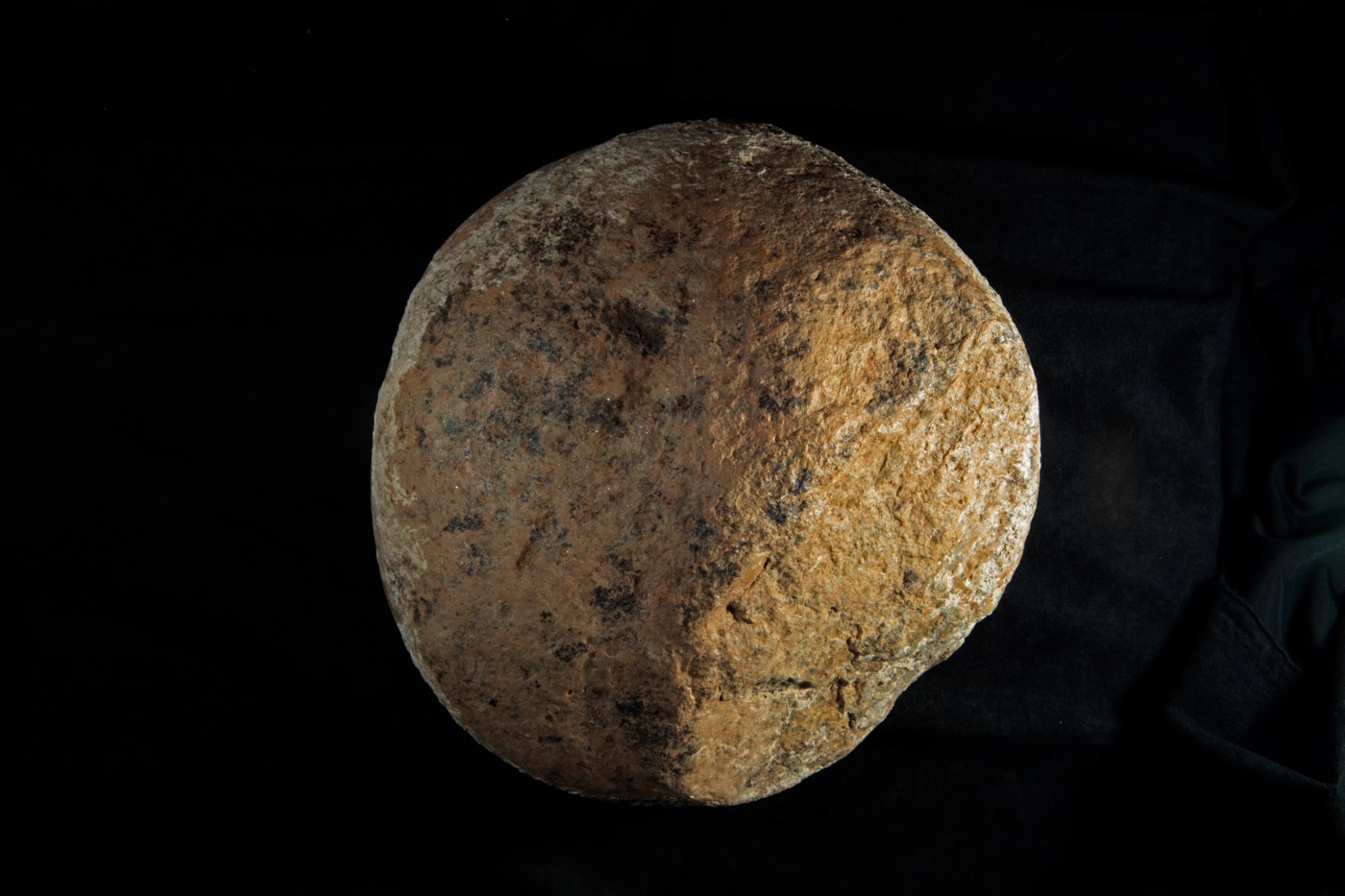
A boulder discovered at the Cerutti Mastodon site in San Diego is thought to have been used by early humans as a hammerstone.
Jeanna Bryner is managing editor of Scientific American. Previously she was editor in chief of Live Science and, prior to that, an editor at Scholastic's Science World magazine. Bryner has an English degree from Salisbury University, a master's degree in biogeochemistry and environmental sciences from the University of Maryland and a graduate science journalism degree from New York University. She has worked as a biologist in Florida, where she monitored wetlands and did field surveys for endangered species, including the gorgeous Florida Scrub Jay. She also received an ocean sciences journalism fellowship from the Woods Hole Oceanographic Institution. She is a firm believer that science is for everyone and that just about everything can be viewed through the lens of science.


